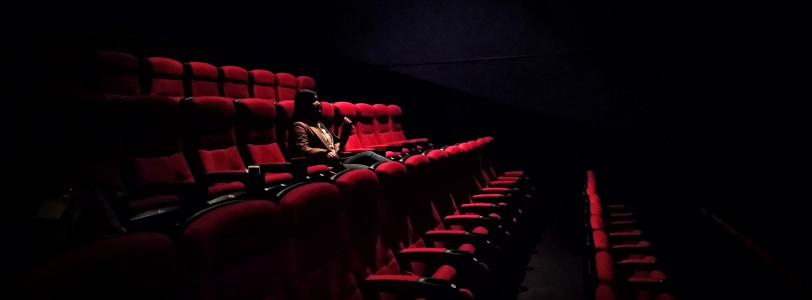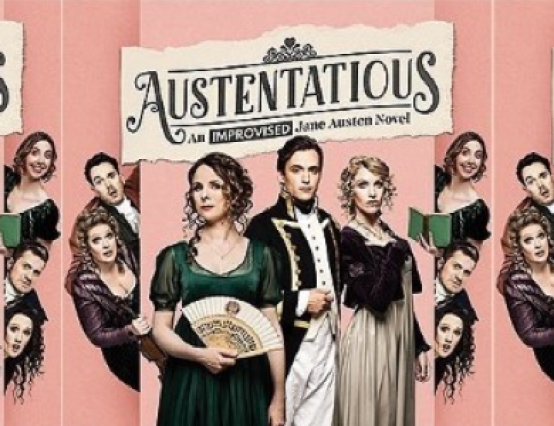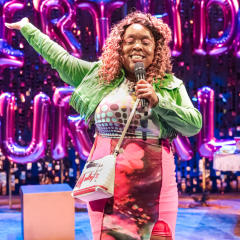In the midst of dull and dreary lockdown, a beacon of theatrical hope was recently broadcast across the world. The ‘Hamilton’ premiere on Disney Plus sent sparks through every fan fortunate enough to watch it, bringing the magic of live theatre to those bereft of performances due to Covid-19. The long-awaited Original Broadway Cast proshoot reintroduced the show in a new media format, but the switch from stage to screen made me question the vitality of live theatre in a recorded form.
Of course ‘Hamilton’ has not been the only production to do this. The National Theatre has released weekly recordings of their plays since the very beginning of lockdown, and platforms such as Digital Theatre have always provided online access to theatre and the arts. But while I have thoroughly enjoyed this style of entertainment over the last few months, it is undeniably a different experience from visiting the theatre in person. And this stark contrast between live theatre and its recorded form made me consider why live theatre has survived so well in our age of easy online access to entertainment. What is it which makes live theatre what it is, what makes it so different on stage as opposed to online?
Firstly, what does a recorded performance offer us over the live experience? Where does it excel? For one, professionally shot productions certainly show the mastery and elegance of a show, meaning that the quality of the performance is just as high in its recorded form as on stage. What’s more, online productions show you the details of a performance often missed from high up in the gods – the emotions of a character or the skilfulness of an actor which can only be seen from up close.
More importantly though, recorded performances offer accessibility. The National Theatre’s plays were completely free on Youtube, while a one month Disney Plus subscription is up to eighteen times cheaper than a single ticket for ‘Hamilton’. As such, recorded performances’ biggest upside is that they can reach those who are unable to visit the theatre in person, bringing them the arts from the comfort of their own sofa.
Recorded performances have also, indisputably, provided a much needed balm of artistic content while theatres, cinemas, museums, and art galleries are closed due to coronavirus.
However, there is still something, at least for me, which limits the proficiency of such recordings – something which the camera cannot capture. Live theatre has an undeniable energy which you can only feel and experience when you see the performance in-person.
There is that fear of a mistake being made, the chance to watch a story about others and yet still to feel involved, the knowledge that each performance is transient and never to be performed in exactly the same way again. The audience feeds off the actors and the actors feed off the audience. It is a human interaction. The music can be felt under your feet, the very air feels electrified, and your reactions can be magnified by the occasion of being part of an audience. You’re an integral part of an experience, and that is something that the camera can’t transfer into a digital form.
It is those special qualities which I believe will help theatre survive indefinitely. Although we are used to instant entertainment, accustomed to fast-paced satisfaction, live theatre will forever hold the key to something transportative, something unique and personal and emotional. I whole-heartedly believe that recorded theatre performance work in some ways – in improving accessibility to the arts and in capturing the theatrical prowess of a certain production. However, they will never be able to transfer the energy of a show to the screen, nor will they ever be able to replace a personal encounter with live theatre. In my opinion, they work only as a supplement to the arts.
And so, while recorded performances may be the future of our artistic education, it is live performances – I believe – which will always be the future of theatre.
And I couldn’t be more glad of it.









0 Comments